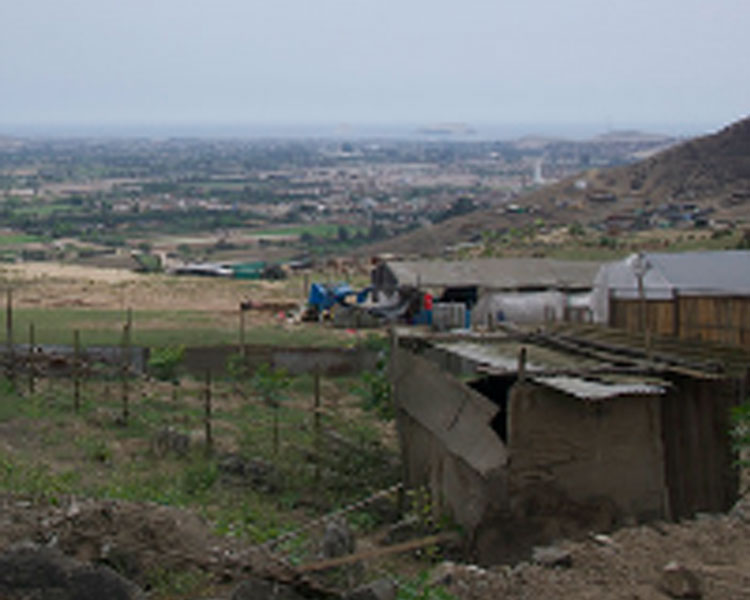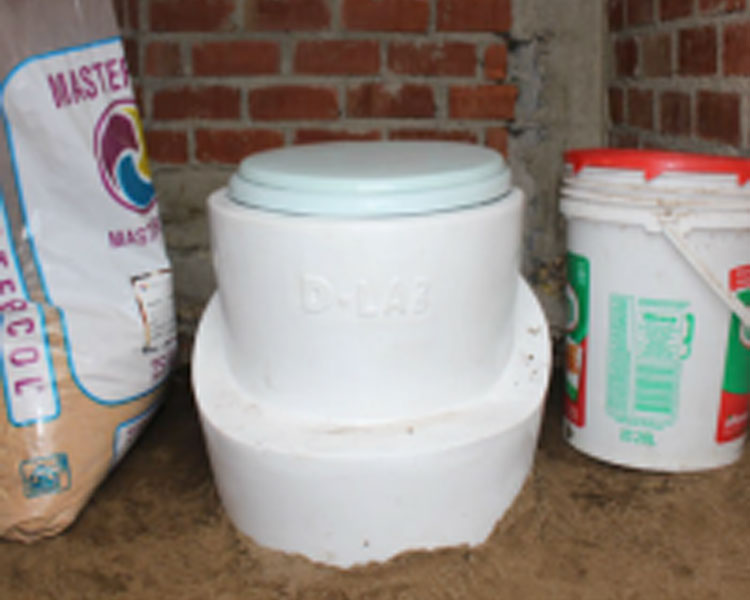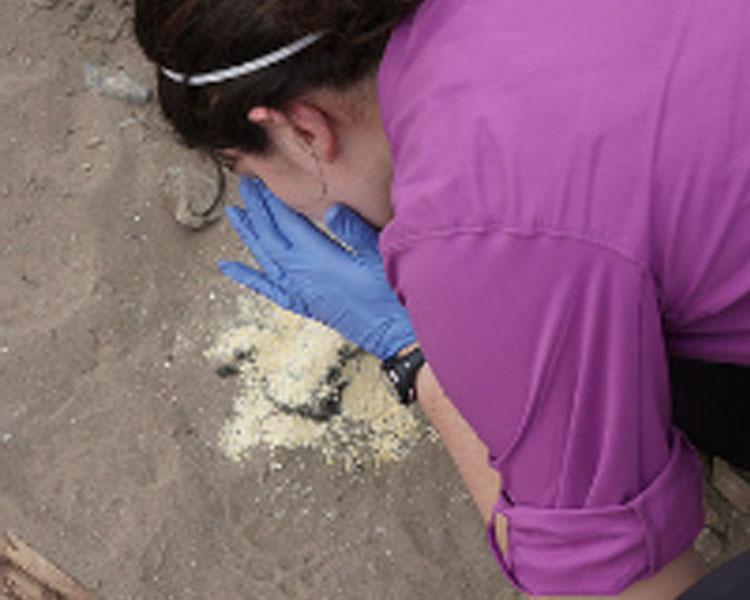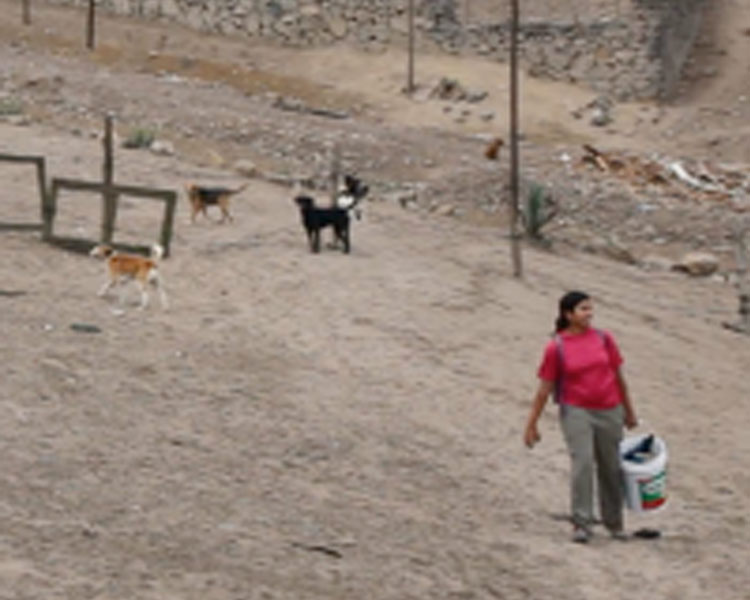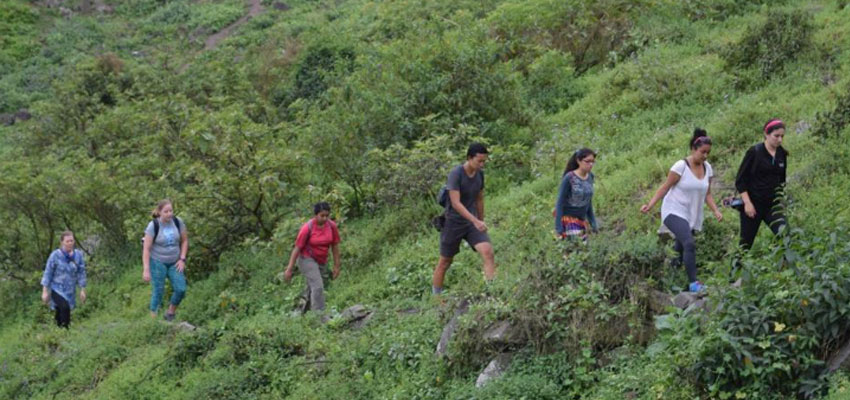
As an urban planner passionate about city services and infrastructure (waste, water, energy, sanitation, etc), the D-Lab: Development trip to Perú this past January was an exciting chance to explore that passion while working with a smart group of people from Quebrada Verde, Péru and D-Lab Perú. From MIT, we were a group of seven, including six engineers and me (the urban planner).
The project: SANILAB - a portable, dry toilet
The project evolved from a collaboration between the Quebrada Verde community, located an hour outside of Lima, and D-Lab Perú, an organization inspired by MIT D-Lab (see blog, IDIN network member designs and launches new course in Peru based on IDDS experience) and initiated in a class at the Pontificia Universidad Católica del Perú (PUCP).
The SANILAB project began when, last year, some of the community leaders in Quebrada Verde, a growing community with a population around 3,000 people, had approach D-Lab Perú with an idea to develop a new sanitation system. The goal: to develop another option for sanitation within Quebrada Verde that recognized the contextual, environmental, and human needs of the community.
When working in Quebrada Verde, we found that there are two current sanitation solutions: 1) pit-latrine (with many variations on its design depending on the household); 2) septic tank. Several people had mentioned that it was unlikely that a larger-scale sewage system would be built in the next decade. SANILAB, which is both the toilet and the sanitation system developed through the collaboration between Dlab Perú and Quebrada Verde, offered a new sanitation option. (See photo at left.)
We started working with the D-Lab Perú team as they were piloting the first five toilets with five Quebrada Verde households. Our role was to help with the installation, get feedback from households and aid in the ongoing development of the waste collection system.
The iterative process espoused by efforts like IDEO’s Human Centered Design and Lean Start-Up influenced a lot of our work. Over our three weeks in Perú, we conducted a lot of experiments, built a collection box for the sanitation system, interviewed the users of the toilets, developed a series of recommendations for the systems and learned to cook Peruvian food.
Some of the questions we explored were:
What is the appropriate material to use to reduce the feces odor?
Our material scientist, Teresa Defigueiredo, led this research. As the SANILAB is a dry toilet, meaning that urine and feces are separated to prevent fermentation and also allow each material to be processed separately. Frequently, sawdust is used as an odor-cover for feces and spread on feces after each toilet use. Our question was whether there were other materials that could be used to cover the odor and provide different benefits in the fertilizer process. In conducting the test, we found that pig feces had a lot of similarities to human feces -- which made it an easy material to test different materials with.
2. What are potential design alternatives for waste collection plant and the needs for the processing plant?
At present, the SANILAB process a depends on families depositing their waste to a neighborhood processing plant, where it would be transformed to fertilizer for sale in the market. Lauren Bustamante and Tim Lu spearheaded the effort to explore different design constraints and considerations for a deposit box (pun intended!) and for the processing plant. Collectively, we made a first iteration of the deposit box to be used for the initial deposits.
3. What can we learn from experiments and household feedback that can inform future design considerations for the toilet and system?
In its pilot stage, people were excited about SANILAB and testing it out. The SANILAB team has consistently tried to take an iterative approach to the design of the system and toilet, in order to best serve the context.
During our time in Quebrada Verde, we spent a lot of time considering what elements to consider in the next iteration. The three weeks spent working in Quebrada Verde gave us time to get to know many of Quebrada Verde’s residents and the resources in town. Emma Castaños helped document a lot of the insights gained from interviews conducted with households and general reflections on the resources and environmental context in QV.
Jahnavi Kalpathy explored the entire system through a health and safety lens. One of the many questions she explored was what health and safety considerations should be taken into consideration for families traveling with their deposits to the plant site. For a day, we saw Jahnavi walking throughout the community carrying 20 liter buckets everywhere she went!—to give her a chance to test the distance and terrain from the five households to the plant.
The findings from our work in Quebrada Verde shaped design recommendations for future iterations developed with D-Lab Perú and Quebrada Verde about the toilet and the sanitation system. While we ended up working on the sanitation project in a last minute work shift, we all enjoyed learning more about city systems and explore how they can be designed to complement the need for flexibility, affordability and user needs.
